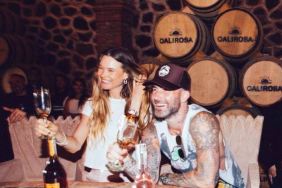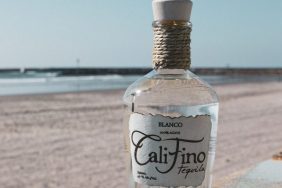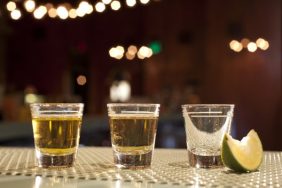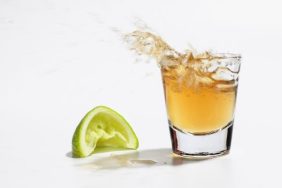
In American culture, Tequila is largely considered (at best) a party booze and (at worst) a “get drunk quick” shot. The USA could learn a great deal about enjoying the Agave creation by witnessing how Casa Noble treats its creation as an art form.
Located in the heart of the Tequila region of Mexico, the Casa Noble estate feels more like a vineyard than a distillery — substituting Blue Agave plants for grape vines. By tradition, all brands of genuine Tequila come from this titular area — as Champagne must originate from that so-named part of France. Any Tequila themed drink not originating from Casa Noble and its nearby neighbors should be called Agave Spirits.
Less than a two hour drive from Guadalajara, Casa Noble’s distillery snuggles into rolling hills criss-crossed with rows of young Agave. The much larger mature plants harvested for each year’s run of Tequila grow at higher altitudes. Those six or seven year old plants are harvested and prepared remotely and trucked into the distillery.
The process of cleaning an Agave is a centuries old art form passed between generations. No machine yet exists that can properly harvest a Blue Agave, so it falls to the Jimadors working in the fields. Using a Coa or Coa de Jima (a long handled mix of a spear and ax), Jimadors trim the spiky “arms” of the plant and smooth away its edges until its core looks something like a large pineapple.
Those cleaned plants are loaded into massive ovens and slowly baked to bring out and caramelize the natural sugars. After machinery squeezes every last drop of that nectar free of the pulp, huge fermentation tanks hold the Agave juice as it transforms into alcohol.
Once collected into the actual stills, the concoction refines into pure, non-aged Tequila.

Just as aging distinguishes a bourbon from corn whiskey, time maturing in a barrel classifies the variety of Tequila. According to Master Distiller Jose “Pepé” Hermosillo, Casa Noble only uses wine barrels imported from France. Varying degrees of in-barrel char (burning) lends Tequila varying shades of honey brown color, depending on how long it’s aged.
Casa Noble offers three Tequila varieties based on aging. The distiller’s Chrystal is “Silver” or “Blanco” — fresh and pure from the still. The Reposado is aged exactly one day less than a year and sports a light brown glow. This variety must be aged more than two months, but, should it age 365 days, it becomes an Anejo.
The Anejo ages more than a year in a char barrel, taking on the darker brown hue. The production process makes it more rare and often more expensive.
Finally, Casa Noble offers occasional single barrel special editions and dedicates individual barrels to fans and supporters of the distillery, including guitar legend Santana.
Some visitors to the distillery are fortunate enough to enjoy an official tasting with Hermosillo in the actual barrel room where Casa Noble vintages age. It’s at that tasting where one understands the reverence with which the local treat their creation. To lick salt off your hand, squeeze a lime into your mouth and shoot Casa Noble at the tasting table would be the equivalent of using the Mexican flag as a napkin.
A proper sampling is handled much like a wine tasting. I was lucky enough to be on hand, guided through the process with Hermosillo – a seventh generation distiller. To put that into perspective, Hermosillo’s ancestors were creating Tequila before the American Revolution.
At the tasting table, the various tequilas are served in flutes, The connoisseur examines the color and legs, takes in the aroma deep in the glass with the mouth slighting open to engage the entire olfactory system. Finally, a sip lingers on the palate to allow for flavor notes and any lingering tastes.
Not surprisingly, the Anejo has the richest, smokiest taste, but the Blanco is crisper — and the Reposado seems a touch sweeter.
From the tasting table, Casa Noble staff can arrange food pairings, with most of the ingredients and recipes originating from the village of Tequila nearby.
Just as wine literally forged the culture of Napa, bourbon the history of Kentucky and Tennessee, or beer the economy of Milwaukee and St. Louis, Tequila built the region that bears its name. The business of creating the spirit helped feed countess families and build businesses stretching from the mountains to Mexico City.
And Casa Noble puts some of that history and culture into every bottle of its product.
For more images from the Casa Noble distillery, visit the gallery page here.








